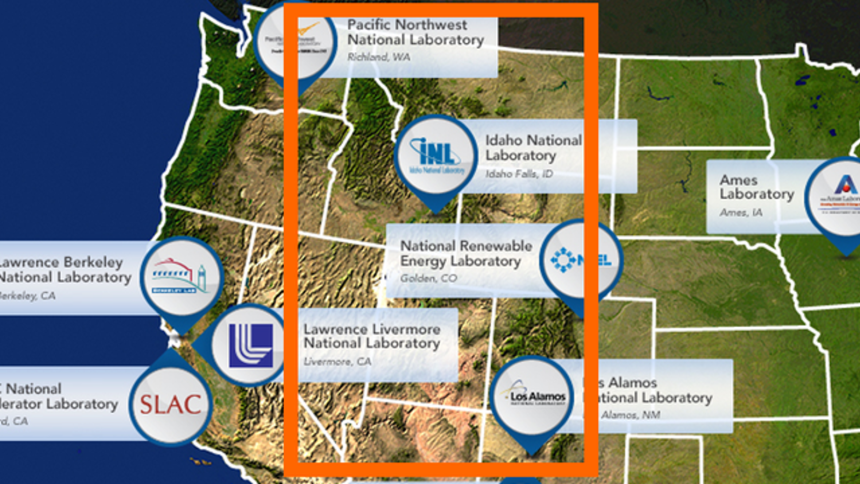{
“summary”: “Hydrogen is leading the charge in the U.S. energy landscape as a bold and ambitious enterprise, charting a new course for a carbon-free energy future. This momentum isn’t just about investment; it’s strategic, driven by federal funding, regional strengths, and the inherent potential of hydrogen’s versatility and scalability. By addressing key energy challenges like long-haul transportation, remote energy production, and grid stability, hydrogen offers a solution that could transform global energy dynamics.nnThe U.S. Intermountain West, a region rich in hydroelectric power, geothermal resources, and cutting-edge nuclear research, is positioned as a primary force in hydrogen development. Its diverse energy mix and transportation corridors make it a transformative land for hydrogen generation, enabling vehicles, farming, and chemical production. Combining high-temperature steam electrolysis and nuclear-powered hydrogen, its innovative labs have already made significant strides in proving hydrogen’s potential.nnIdaho National Lab (INL) exemplifies the region’s commitment to advancing hydrogen technology. Through efforts in high-temperature steam electrolysis and chemical process optimization, INL has disrupted traditional hydrogen methods, positioning it as a key player in hydrogen’s future. This innovative work highlights the region’s leadership in pushing frontier science while maintaining its boycott of fossil fuels.nnThe Pacific Northwest National Lab (PNNL) is accelerating hydrogen’s impact on energy policy with breakthroughs in fuel cell efficiency and energy storage. As state leaders in academia and industry, PNNL is transforming hydrogen into a critical infrastructure component, reducing costs and accelerating adoption across sectors like aviation and maritime transport. This effort is foundational to nationwide hydrogen strategies.nnNational Renewable Energy Lab (NREL) is at the forefront of next-generation hydrogen technologies, focusing on photocatalysis and ion-conduction materials. Their innovations are paving the way for wide-ranging applications, from truck fuel cells to renewable energy systems. This progress underscores the region’s poised role in driving energy efficiency and security.nnLos Alamos National Lab (LANL) isensitivity to hydrogen’s transformative potential, advancing fuel cell performance at the atomic level. Through cutting-edge research, LANL is bridging theory and practice in hydrogen technology, enabling smaller, more efficient systems for transportation and defense. This work is shaping a sustainable energy landscape that aligns with institutional goals.nnIn a world where federal and state priorities are becoming increasingly intertwined, the U.S. Intermountain West stands as aModel for innovation. Its efforts to reduce cost between conventional and carbon-free hydrogen, combined with a culture of resource stewardship, are setting a national standard. By scaling up its initiatives, states are gaining momentum, with California histories bringing a decisive leap into this lurching region. As this region continues to lead the charge, fueling energy resilience and job creation, their story becomes a blueprint for decarbonizing the energy sector globally.”
}



